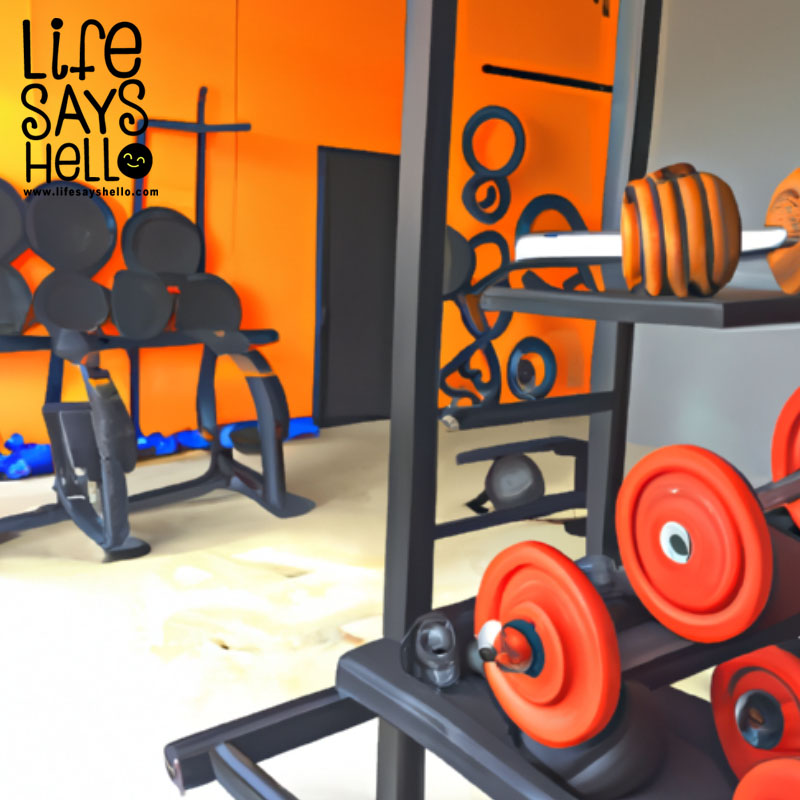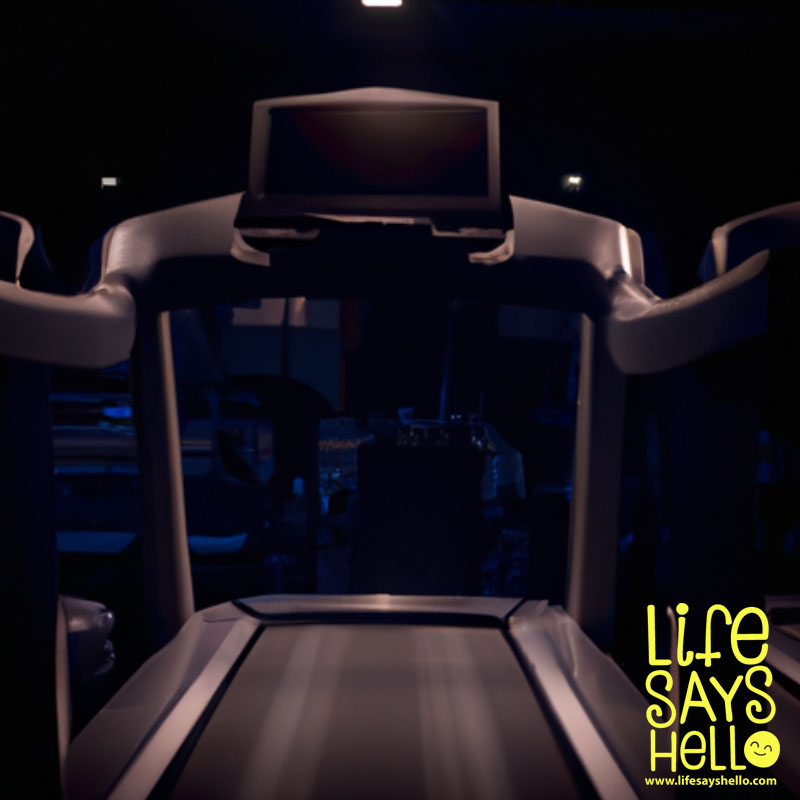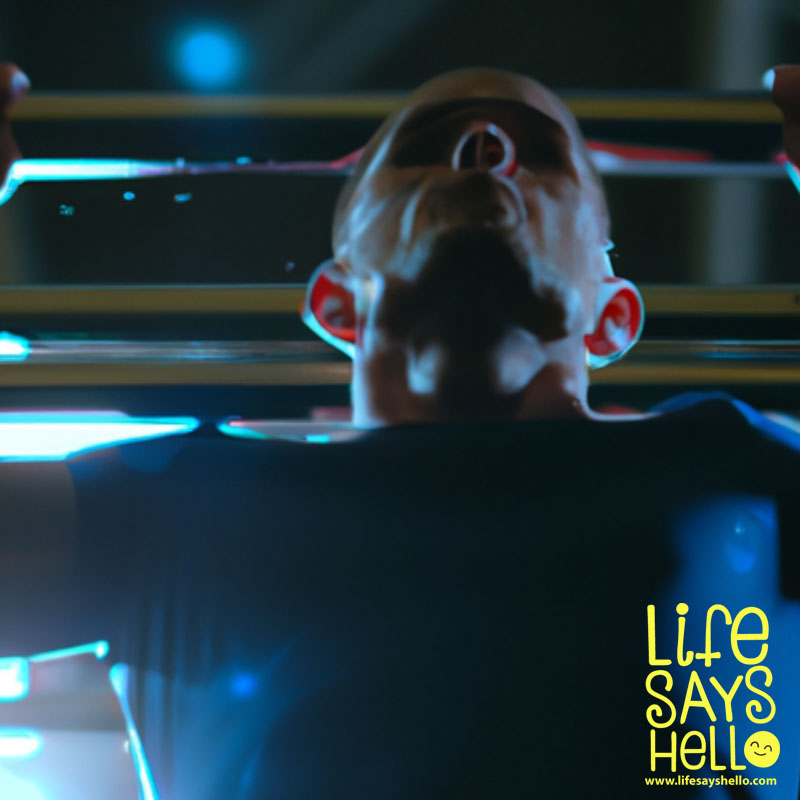Does Working Out Lower Blood Pressure? Uncovering the Surprising Benefits of Exercise for Hypertension

Ever wondered if working out can actually help lower your blood pressure? In this comprehensive guide, we'll explore the science behind exercise's impact on hypertension and provide practical tips for incorporating workouts into your daily routine.
Introduction
Blood pressure is often mentioned in health discussions, but do we really understand its significance? Maintaining healthy blood pressure is crucial for overall well-being, and with hypertension becoming increasingly common, it's essential to find ways to manage it effectively. One potential solution is exercise. In this article, we'll delve into how working out can help lower blood pressure and provide actionable tips for incorporating exercise into your hypertension management plan.
Understanding Blood Pressure and Hypertension
Before we dive into the benefits of exercise, let's first understand blood pressure and hypertension.
A. Blood Pressure Measurements: Systolic and Diastolic
Blood pressure is the force exerted by your blood against the walls of your arteries as your heart pumps it around your body. It is measured in millimeters of mercury (mmHg) and is expressed as two numbers: systolic and diastolic. The systolic pressure is the higher number and represents the pressure in your arteries when your heart contracts, while the diastolic pressure is the lower number and indicates the pressure in your arteries when your heart is at rest between beats.
B. Defining Hypertension and Its Stages
Hypertension, or high blood pressure, occurs when the force of your blood against your artery walls is consistently too high. It is generally defined as having a systolic blood pressure of 130 mmHg or higher and/or a diastolic blood pressure of 80 mmHg or higher. Hypertension is typically divided into three stages:
- Stage 1: Systolic 130-139 mmHg or diastolic 80-89 mmHg
- Stage 2: Systolic 140-179 mmHg or diastolic 90-119 mmHg
- Hypertensive crisis: Systolic ≥180 mmHg or diastolic ≥120 mmHg
C. Causes and Risk Factors of Hypertension
There are numerous factors that can contribute to the development of hypertension, including:
- Genetics
- Age
- Obesity
- Sedentary lifestyle
- High-sodium diet
- Excessive alcohol consumption
- Smoking
- Stress
- Certain medical conditions (e.g., kidney disease, sleep apnea)
D. Consequences of Uncontrolled Hypertension
If left untreated, hypertension can lead to serious health complications, such as:
- Heart disease
- Stroke
- Kidney damage
- Vision loss
- Sexual dysfunction
- Peripheral artery disease
With these potential consequences in mind, it's clear that managing hypertension is crucial for maintaining overall health.
The Science Behind Exercise and Blood Pressure
Now that we understand blood pressure and hypertension, let's explore how exercise can help manage these conditions.
A. How Exercise Impacts Blood Pressure During and After a Workout
During exercise, your heart works harder to pump blood throughout your body, causing a temporary increase in blood pressure. However, after your workout, your blood pressure typically drops back down to normal or even lower than before. This post-exercise drop in blood pressure is known as post-exercise hypotension and can last for several hours.
B. Long-Term Effects of Regular Exercise on Blood Pressure
Consistently engaging in regular exercise can lead to long-term reductions in both systolic and diastolic blood pressure. Studies have shown that aerobic exercise, in particular, can help lower blood pressure by 5-7 mmHg in individuals with hypertension. This reduction is comparable to the effects of some blood pressure medications and can significantly decrease the risk of heart disease and stroke.
C. Types of Exercises That Are Most Beneficial for Lowering Blood Pressure
Various forms of exercise can help lower blood pressure, but the most effective types include:
- Aerobic exercise: Activities that increase your heart rate and breathing, such as walking, jogging, swimming, and cycling.
- Resistance training: Exercises that involve working against resistance, such as weightlifting or bodyweight exercises.
- Flexibility and balance exercises: Practices like yoga and tai chi that focus on stretching and maintaining balance.
Recommended Workouts for Lowering Blood Pressure
Now that we know the types of exercises that can help lower blood pressure, let's explore some specific workouts and tips for incorporating them into your daily routine.
A. Aerobic Exercises
- Walking: A brisk 30-minute walk can be an excellent starting point for those new to exercise or looking for a low-impact activity.
- Jogging/Running: Gradually increase your pace and distance as your fitness level improves.
- Swimming: Swimming laps or participating in water aerobics classes can provide a full-body workout while minimizing joint stress.
- Cycling: Opt for a stationary bike, outdoor cycling, or even a spin class to get your heart pumping.
Tip: Aim for at least 150 minutes of moderate-intensity aerobic exercise or 75 minutes of vigorous-intensity aerobic exercise per week.
B. Resistance Training
- Weightlifting: Incorporate both free weights and weight machines to target different muscle groups.
- Bodyweight exercises: Push-ups, squats, lunges, and planks are great options that don't require any equipment.
- Resistance bands: Use resistance bands to add variety and challenge to your workouts.
Tip: Aim for at least two resistance training sessions per week, targeting all major muscle groups.
C. Flexibility and Balance Exercises
- Yoga: Try various styles of yoga, such as Hatha, Vinyasa, or Yin, to improve flexibility and balance while also promoting relaxation.
- Tai Chi: This ancient Chinese practice combines slow, controlled movements with deep breathing to help lower blood pressure and improve balance.
Tip: Incorporate flexibility and balance exercises into your routine at least two to three times per week.
Additional Lifestyle Changes to Support Healthy Blood Pressure
While exercise is crucial for managing hypertension, other lifestyle changes can also help support healthy blood pressure levels:
- Follow a balanced diet rich in fruits, vegetables, whole grains, lean protein, and healthy fats.
- Maintain a healthy weight or work towards achieving it.
- Reduce stress through relaxation techniques, such as meditation or deep breathing exercises.
- Limit alcohol consumption and avoid smoking.
- Monitor your blood pressure regularly to track your progress and make adjustments as needed.
Precautions and Considerations When Exercising with Hypertension
Before starting a new exercise routine, it's essential to take some precautions and consider your individual needs:
- Consult with your healthcare professional to ensure that your chosen exercise program is safe and appropriate for your current health status.
- Be aware of the signs of overexertion, such as dizziness, chest pain, or shortness of breath, and stop exercising immediately if you experience any of these symptoms.
- Adjust the intensity and duration of your workouts based on your fitness level and progress gradually to avoid injury or excessive strain.
Conclusion
In conclusion, working out can indeed help lower blood pressure and provide numerous health benefits for those with hypertension. By incorporating regular exercise, along with other healthy lifestyle changes, you can effectively manage your blood pressure and reduce your risk of serious health complications. So, why not lace up those sneakers and start working towards a healthier, happier you?




Comments